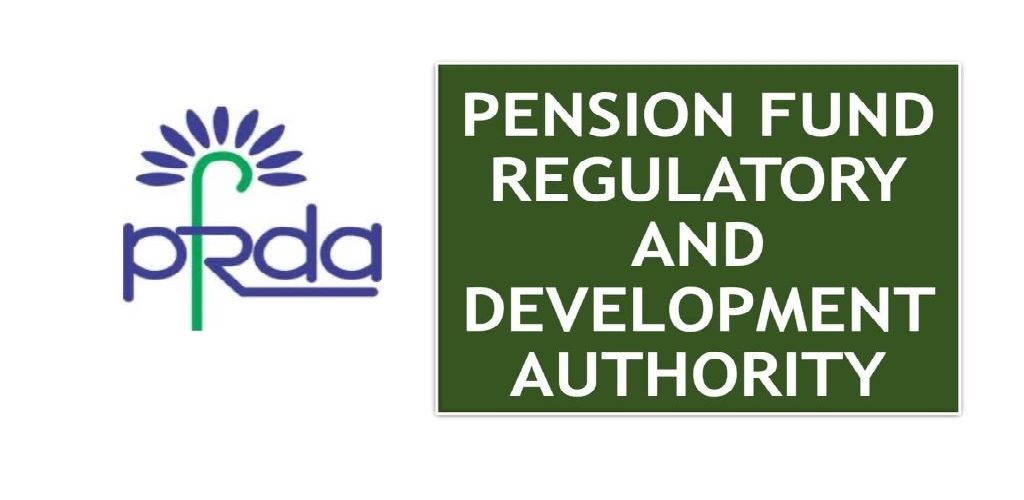We all worry about our post-retirement days when the out working ability decreases and the flow of income gets hampered. But this does not end our responsibilities, rather, the monthly expenses may increase due to inflation, medical needs, and other living expenses. To cope with this situation, we all tend to invest in some schemes that can generate a flow of income when we no longer remain in our active years.
For this, there are two investment options on which most people rely, and they are National Pension System (NPS) and Public Provident Fund (PPF). Both the schemes’ objective is the same, which is to offer pension and benefits during the retirement days, but they are essentially different from each other. Without understanding the difference between the two, if you attempt to invest in one, you may suffer financial loss or may not get what you want. So, to ease your confusion, today, we are going to talk about every detail that you need to know about NPS and PPF.
What Is NPS?
Keeping in mind the needs of the senior citizens, the Government of India has launched National Pension Scheme (NPS), which is completely governed and regulated by the PFRDA (Pension Fund Regulatory and Development Authority). This scheme is open to employees from the public, private and unorganized sectors (except for the armed forces). The account holders can invest in this pension account throughout the tenure of their employment. Once they retire, they are eligible to use certain of the money from this account to receive as a lump sum amount, and the rest of the portion they will receive as a pension that will help them to generate a regular flow of money.
Key highlights of the scheme:
- Under NPS, you are free to choose between two types of accounts, Tier I and Tier II.
- Tier I is a non-withdrawable account until and unless you reach the age of 60 years, except for certain specific situations. On the other hand, Tier II is a voluntary savings account under which you can withdraw money whenever necessary.
- Any citizen of India, as well as the NRIs between the age group of 18 years to 60 years, can invest in this scheme.
- This scheme makes you eligible to avail of the tax exemption benefits of Rs. 1,50,000 under Section 80CCD of the Income Tax Act, 1961.
- A unique PRAN (Permanent Retirement Account Number) is required to invest in this scheme.
- NPS gives you the freedom to choose your asset allocation (Auto Choice and Active Choice), and also, you have the flexibility to decide how much amount you want to invest under this scheme.
- Under this scheme, you have to be a Know Your Customer (KYC) compliant.
- This scheme was launched in January 2004 for government employees. In 2009, the scheme was made open to the public.
An Insight about PPF
PPF is an age-old government-funded saving plus investment scheme that has been popular among investors due to its flexible nature with a long investment horizon. PPF was launched with the aim of promoting small investments by offering reasonable returns. If you want to have the best experience with PPF, you need to stay invested in the scheme for 15 years. Previously, there was no provision for premature closing of the PPF account, but this feature has been added now. If the account holder keeps the account active for a minimum period of 5 years, he/she will be eligible for a premature closing.
Key highlights of PPF:
- Any Indian resident of the age of 18 years and above can open a PPF account.
- One can open the account on behalf of the minor as well.
- You can only do the premature closing if you need to pay for higher education or medical expenses ((in case of life-threatening diseases and supported by documents from a medical practitioner).
- One can also operate the PPF account online.
- The current rate of interest under this scheme is 7.1%.
- A minimum investment of Rs. 500 and a maximum of Rs. 1 lakh per annum can be made into a PPF account for a term of 15 years (lock-in period).
- One is eligible to make partial withdrawals from the 7th year that is subject to the terms and conditions of the scheme.
- Aadhar Card needs to be linked to the bank account to open a PPF account.
Difference Between NPS and PPF
As you have already known the details of NPS and PPF, let us find out the difference between the two schemes in the following table.
| Parameters | NPS | PPF |
| Who can invest? | Indian residents in between the age of 18 years to 60 years. | Any Indian resident of the age 18 years or above. Even one can invest on behalf of a minor. |
| Are the NRIs eligible to invest? | Yes | No |
| Maturity period | There is no fixed maturity tenure. You can invest up to the age of 60 years, which can be extended up to 70 years. | The lock-in period for a PPF account is 15 years. After that, then it can be extended by a block of 5 years with or without contributing to the account. |
| Minimum and maximum investment amounts | Minimum – Rs. 6000 Maximum – No upper limit as long as the amount does not exceed: 10% of the investors’ salary 10% of the investors’ gross total income | Minimum – Rs. 500 Maximum – Rs. 1,50,000 A maximum of 12 contributions can be made in a year. |
| Returns of investments | NPS offers higher returns as a certain portion of your investment goes towards equity trading which brings you higher returns. | PPF has a fixed percentage of returns and there is no scope for added benefits. |
| Flexibility in investment options | NPS gives you the flexibility to choose between equity funds, government securities funds and fixed income instruments, and other government securities. | You cannot choose where you want to invest your money. |
| The necessity of purchasing an annuity | Under NPS, at maturity, you need to buy an annuity worth at least 40% of the corpus, unless the maturity amount is less than 2 lakhs. | Not required. |
| Tax benefits | Tax benefit of Rs. 1.5 lakhs are available under Section 80CCD (1) of the Income Tax Act, 1961, and an additional Rs.50,000 under Section 80CCD (2) – a total of up to Rs.2 lakhs | All deposits made in the PPF are deductible under Section 80C. Furthermore, the accumulated amount and interest are also tax exempted at the time of withdrawal |
| Partial or premature withdrawal | The account holder can do premature withdrawals only after the 10th year under special circumstances. | You are eligible to do partial withdrawal only after the 7th year of the purchase with certain limitations. |
Where Should You Invest?
Both NPS and PPF have come up with their unique benefits, whereas their objectives remain the same, which is to offer the account holders financial relief in their post-retirement days. If you have specific goals in mind, such as a child’s education, marriage, or something else, PPF is a better option to invest in as it offers fixed returns. So, the PPF acts as a safety cushion.
On the other hand, it cannot be disregarded that NPS tends to offer higher returns as it is a market-linked scheme. But, due to its nature, it does not offer any fixed returns, which might not be suitable for many investors. In case of debts more than PPF, NPS will be reliable. However, NPS comes with dual benefits, capital safety and appreciation of investments. So, which option you want to invest in totally depends on your requirements, future goals, your financial background, etc. Before opting for one option, do market research thoroughly, and invest wisely.








